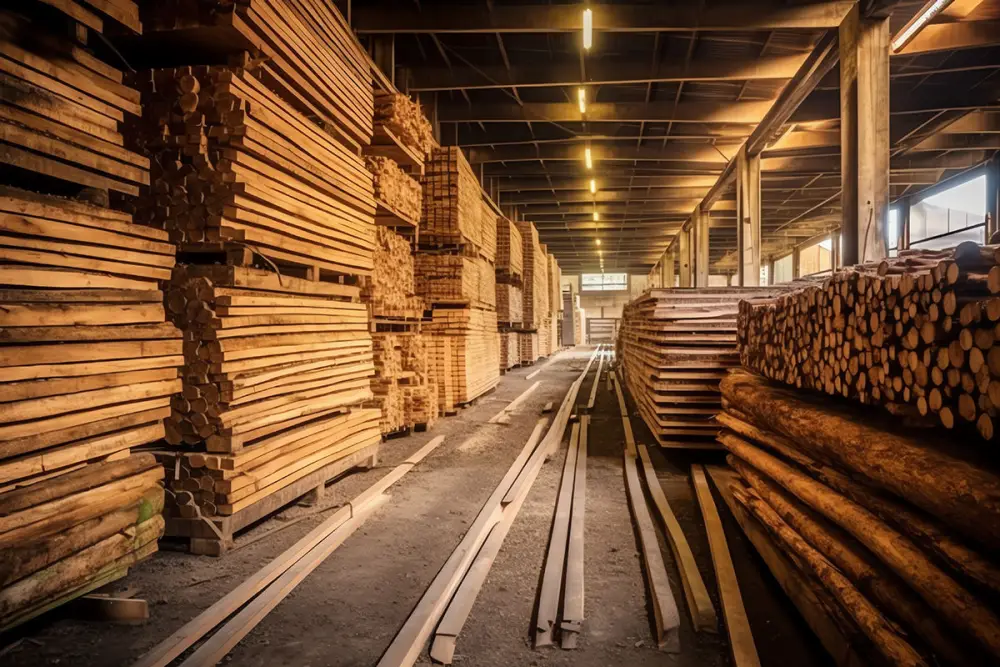Lumber Prices in January 2025: An Analytical Overview
Editor WoodBusinessPortal.com team - research, 2025 - February, 6
The lumber industry has experienced significant fluctuations in recent years, influenced by various economic, environmental, and policy factors. As of January 2025, professionals within the wood sector are keenly observing market trends to inform strategic decisions. This article provides a comprehensive analysis of lumber price movements in January 2025, supported by relevant statistics, and offers insights into future projections.
Current Market Statistics. In January 2025, the lumber market exhibited signs of stabilization. According to data from Timber Development UK, timber import volumes for October 2024 were exceptionally robust, contributing to a reduction in the cumulative deficit for the year. This positive trend has set a foundation for the current market conditions.
Furthermore, the price of Western Spruce-Pine-Fir 2x4 - a benchmark softwood lumber product - was reported at $410 per thousand board feet in mid-September 2024, aligning with 2023 levels. This parity indicates a return to more predictable seasonal pricing patterns.
Several key factors have contributed to the current stability in lumber prices:
- Economic Recovery: A gradual recovery from previous economic downturns has led to increased consumer spending and investment in construction and manufacturing sectors. Gross Domestic Product (GDP) growth is expected to stabilize at around 2.5% in 2025, enhancing purchasing power and investment capabilities.
- Supply Chain Adjustments: The industry has adapted to previous supply chain disruptions, with improved logistics and inventory management practices helping to balance supply and demand.
- Policy Developments: Trade policies and tariffs continue to play a significant role in pricing dynamics. For instance, proposed tariffs on Canadian lumber have historically led to price increases, underscoring the importance of monitoring policy changes.
Prognosis for 2025. Looking ahead, several projections can be made:
- Demand Dynamics: The housing market remains a critical driver of lumber demand. A persistent shortage of homes, particularly in the U.S., suggests that demand for lumber will remain strong as construction efforts aim to bridge this gap.
- Inflationary Pressures: Concerns about inflation are significant, as they may increase operational costs, potentially squeezing profit margins within the timber industry.
- Environmental Factors: Natural disasters, such as wildfires, have historically impacted lumber supply and demand. For example, the 2018 Woolsey fire in California led to increased demand for rebuilding materials, influencing regional lumber prices.
Conclusion. As of January 2025, the lumber market demonstrates a trend toward stabilization, influenced by economic recovery, supply chain adaptations, and policy considerations. Industry professionals are advised to stay informed through reliable sources to navigate the evolving landscape effectively.
About WoodBusinessPortal.com. For comprehensive insights and updates on the lumber industry, visit WoodBusinessPortal.com. As a leading platform for wood industry professionals, it offers the latest news, market analyses, and resources to support informed decision-making.
Sources:
1. TIMBERDEVELOPMENT.UK
2. BUILDERONLINE.COM
3. FORESTRY.COM
4. MARKETWATCH.COM
5. LUMBEREXPORT.COM
6. WSJ.COM
